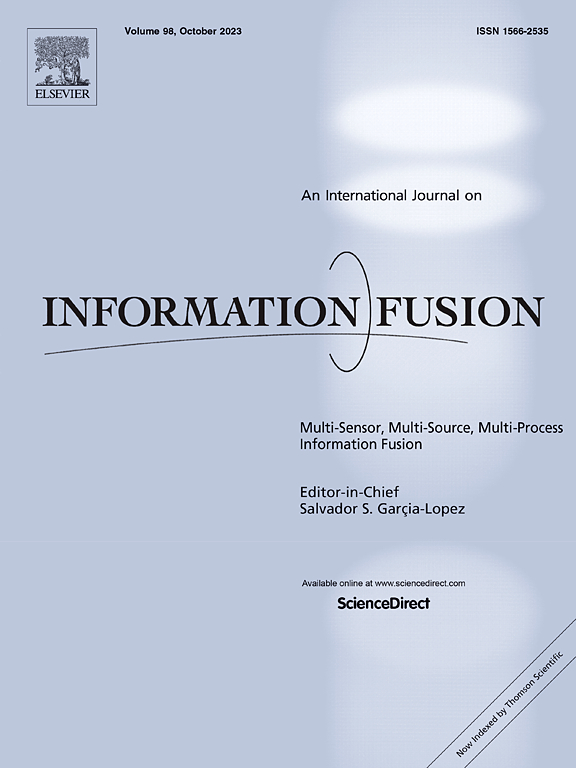CLDM-MMNNs: Cross-layer defense mechanisms through multi-modal neural networks fusion for end-to-end cybersecurity—Issues, challenges, and future directions
IF 14.7
1区 计算机科学
Q1 COMPUTER SCIENCE, ARTIFICIAL INTELLIGENCE
引用次数: 0
Abstract
Cybersecurity threats have grown in complexity and scale, necessitating robust defense mechanisms that integrate multiple layers of network security. Multi-modal neural networks (MMNNs) have emerged as a powerful tool for addressing such challenges due to their ability to process and integrate heterogeneous data sources. This review provides an in-depth analysis of cross-layer defense mechanisms that leverage MMNNs for end-to-end cybersecurity. The study explores the foundational principles of MMNNs, their applications in intrusion detection, malware analysis, anomaly detection, and advanced persistent threat (APT) mitigation. The paper emphasizes the synergy between multi-modal data integration and neural network architectures, enabling real-time threat detection and adaptive response. By categorizing existing approaches and highlighting key advancements, this review outlines current limitations, including computational overhead and model interpretability, and suggests future research directions for developing efficient, scalable, and explainable MMNN-based defense systems.
CLDM-MMNNs:基于多模态神经网络融合的端到端网络安全跨层防御机制——问题、挑战和未来方向
网络安全威胁的复杂性和规模都在增长,需要集成多层网络安全的强大防御机制。多模态神经网络(mmnn)由于其处理和集成异构数据源的能力而成为解决这些挑战的强大工具。本文对利用mmnn实现端到端网络安全的跨层防御机制进行了深入分析。该研究探讨了mmnn的基本原理,以及它们在入侵检测、恶意软件分析、异常检测和高级持续威胁(APT)缓解方面的应用。本文强调多模态数据集成与神经网络架构之间的协同作用,实现实时威胁检测和自适应响应。通过对现有方法进行分类并强调关键进展,本文概述了当前的局限性,包括计算开销和模型可解释性,并提出了开发高效、可扩展和可解释的基于mmnn的防御系统的未来研究方向。
本文章由计算机程序翻译,如有差异,请以英文原文为准。
求助全文
约1分钟内获得全文
求助全文
来源期刊

Information Fusion
工程技术-计算机:理论方法
CiteScore
33.20
自引率
4.30%
发文量
161
审稿时长
7.9 months
期刊介绍:
Information Fusion serves as a central platform for showcasing advancements in multi-sensor, multi-source, multi-process information fusion, fostering collaboration among diverse disciplines driving its progress. It is the leading outlet for sharing research and development in this field, focusing on architectures, algorithms, and applications. Papers dealing with fundamental theoretical analyses as well as those demonstrating their application to real-world problems will be welcome.
 求助内容:
求助内容: 应助结果提醒方式:
应助结果提醒方式:


